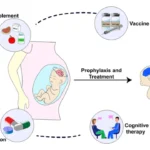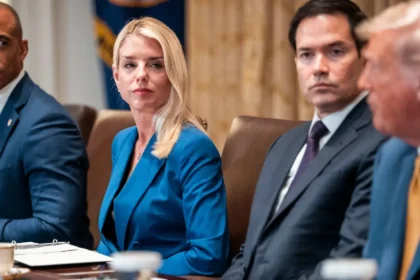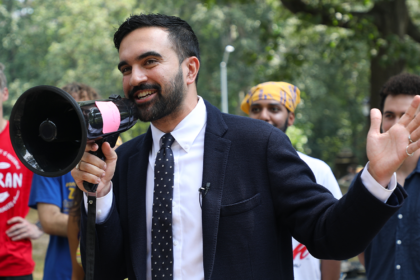In a stark illustration of the human cost of a prolonged federal funding impasse, the U.S. government is now facing a potential crisis: food-assistance benefits for millions of Americans are poised to halt starting November 1, amid a standoff that has put the spotlight on the federal budget process and the policy direction under President Donald Trump.
The program in question, the Supplemental Nutrition Assistance Program (SNAP), which helps approximately one in eight Americans put groceries on the table, has been flagged by the United States Department of Agriculture (USDA) as lacking authorized funds unless Congress acts or emergency reserves are tapped. The administration, however, has refused to draw on contingency funds estimated at roughly $5 billion, deeming them reserved for disasters, not funding gaps.
That decision, combined with the continuing government shutdown that began October 1, has created a chilling scenario: without action, no SNAP benefits will be issued on November 1, according to federal notices. The implications are far-reaching. Low-income families, food banks, grocery supply chains and state budgets all face a ripple effect of disrupted assistance, increased demand, and economic strain.
Behind the scenes, the blame game is already underway. Republicans aligned with President Trump cite Democratic resistance to a clean continuing resolution as the root of the shutdown, while Democrats argue the GOP refuses to negotiate meaningful funding for healthcare subsidies and other domestic priorities. Meanwhile, agricultural and anti-hunger advocates warn that this funding freeze is essentially a self-inflicted “man-made disaster” that threatens the well-being of millions.
States are reacting in varied ways. Some governors are pledging to use state funds to maintain assistance temporarily. Others warn residents of impending benefit lapses and urge food banks and local charities to prepare for heightened demand. But without federal reimbursement or a clear plan for continuity, many states may be left holding the tab.
Economists estimate that the collapse of SNAP payments would not only hit households but also the broader economy: each dollar issued under the program generates nearly two dollars in economic activity, meaning a disruption would reduce consumer spending, particularly in hard-pressed communities. Retail, transportation and service sectors that depend on low- and moderate-income consumption are bracing for impact.
The Trump administration’s stance is firm. Officials insist that contingency funds are not legally available for routine benefits and must remain reserved for emergencies such as natural disasters. They also maintain that the longer shutdown and funding impasse stem from Democrats’ demands for advanced healthcare spending rather than a lack of fiscal planning.
For millions of SNAP recipients, however, the politics offer little comfort. Without benefits in November, households already living on the edge face impossible trade-offs — skipping meals, choosing between groceries and utilities, or relying on charity networks already stretched thin. Food-bank operators across the country are sounding the alarm: they simply are not equipped to replace a nationwide federal program that channels billions into grocery budgets each month.
Looking ahead, the stakes are both immediate and symbolic. If SNAP payments lapse under this administration, it will mark a stark turning point: the federal government’s largest food program effectively suspended not because of natural disaster but because of legislative stalemate. For President Trump and his allies, the episode raises questions about the capacity of his leadership to safeguard programs relied upon by the most vulnerable. For opposition and advocacy groups, it underlines how budget politics translate into real-world consequences.
In short, the looming November 1 cutoff isn’t just another line in a budget document. It’s a test of whether the world’s richest nation can maintain its social safety nets amidst partisan warfare—and whether President Donald Trump’s government will be judged for inaction as much as for policies. If the payments stop, the fallout will be felt not only in households but in grocery aisles, state budgets, and the economy at large.
Until Congress or the administration acts, millions of Americans will be watching, and the clock is ticking.











